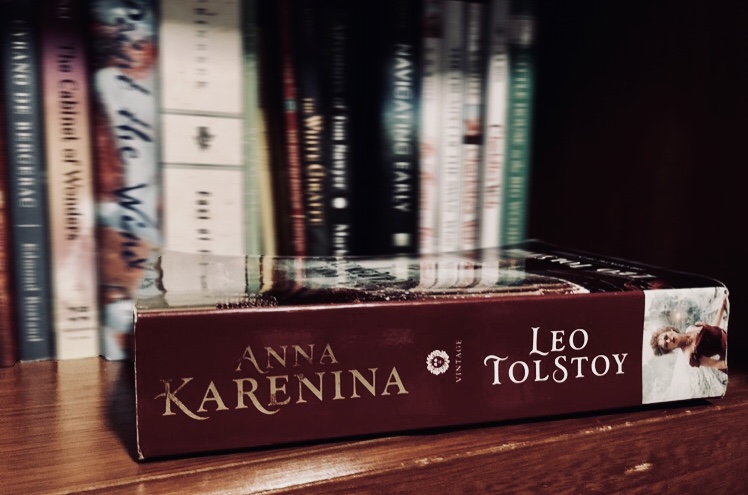
“Vengeance is mine, I will repay,” or so we shall see. This epigraph from Anna Karenina sets the mood for a turbulent tale of adultery and betrayal amongst lovers and friends in Leo Tolstoy’s novel. As Tolstoy follows the intersecting stories of Anna Karenina, Kitty Shtcherbatsky, Count Vronsky, and Konstantin Levin, he combines a few storytelling tropes to bring together an all-too-familiar plot.
The main storyline lies with the titular character, Anna Karenina, a married woman of high society. She enters into an affair early on in the novel, destroying her reputation while merely tarnishing those of her husband and her lover. Even though these attitudes were commonplace in the 19th -century, Tolstoy leans very heavily into this disapproval as Karenina deals with its consequences for the rest of the novel. Karenina is given little space away from reproach, keeping her from being a fully independent woman.
Tolstoy makes excruciatingly slow work of the written page. His excessive details are often unnecessary as they don’t further the plot or any development of his characters. Tangents are far too regular. One cannot read two pages without running straight into a diversion, and the division of the novel in to eight parts only encourages Tolstoy’s absentmindedness. With these parts, he makes room to venture further away from Anna Karenina, who should be the center of the novel’s focus.
Despite having not loved Anna Karenina, it is understandable why the novel is considered a classic. Tolstoy finds brief moments of brilliance and develops an assembly of philosophical thought among the diversions. Whether or not that makes Anna Karenina a worthwhile read is simply up to each individual reader.
